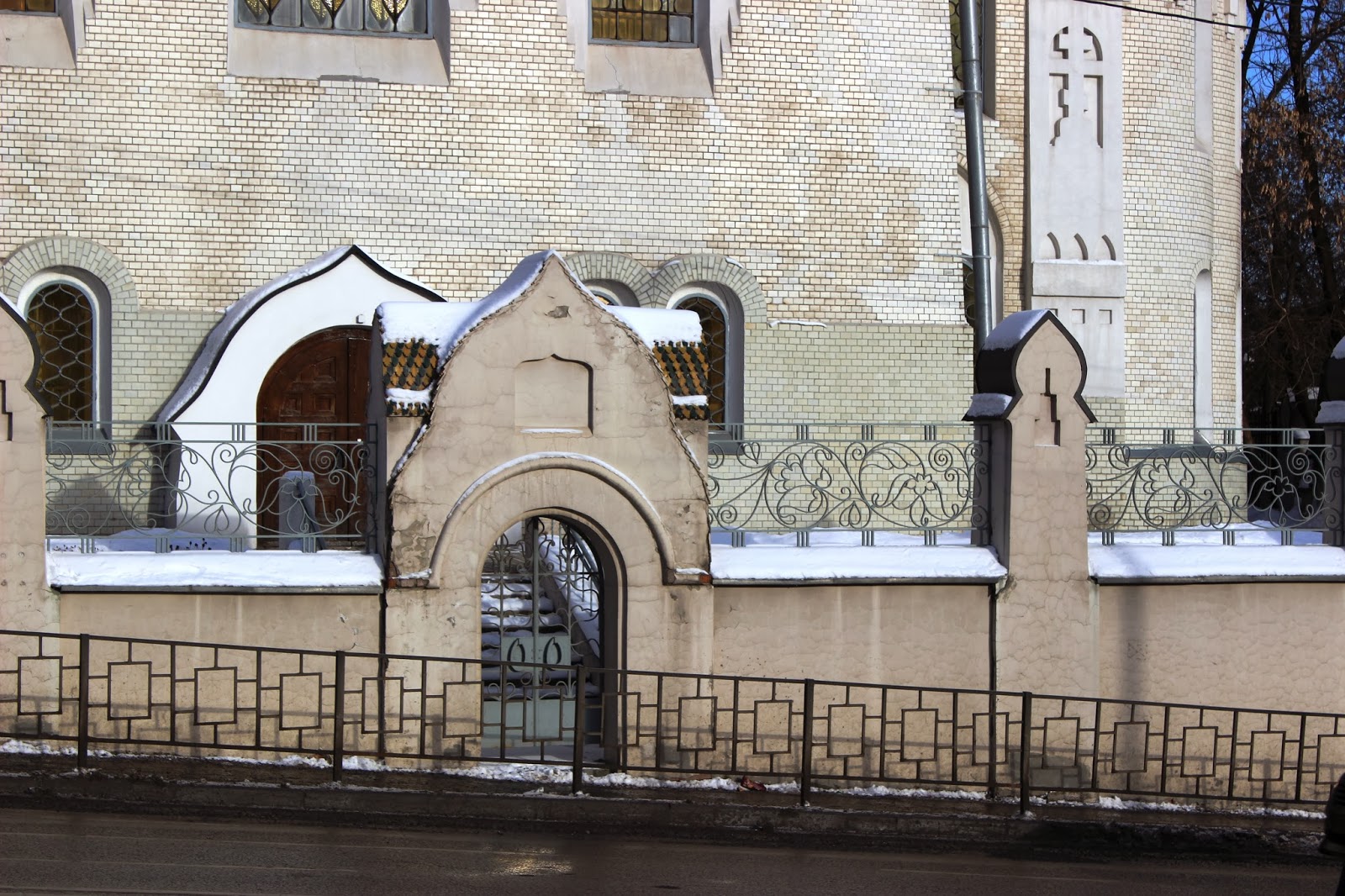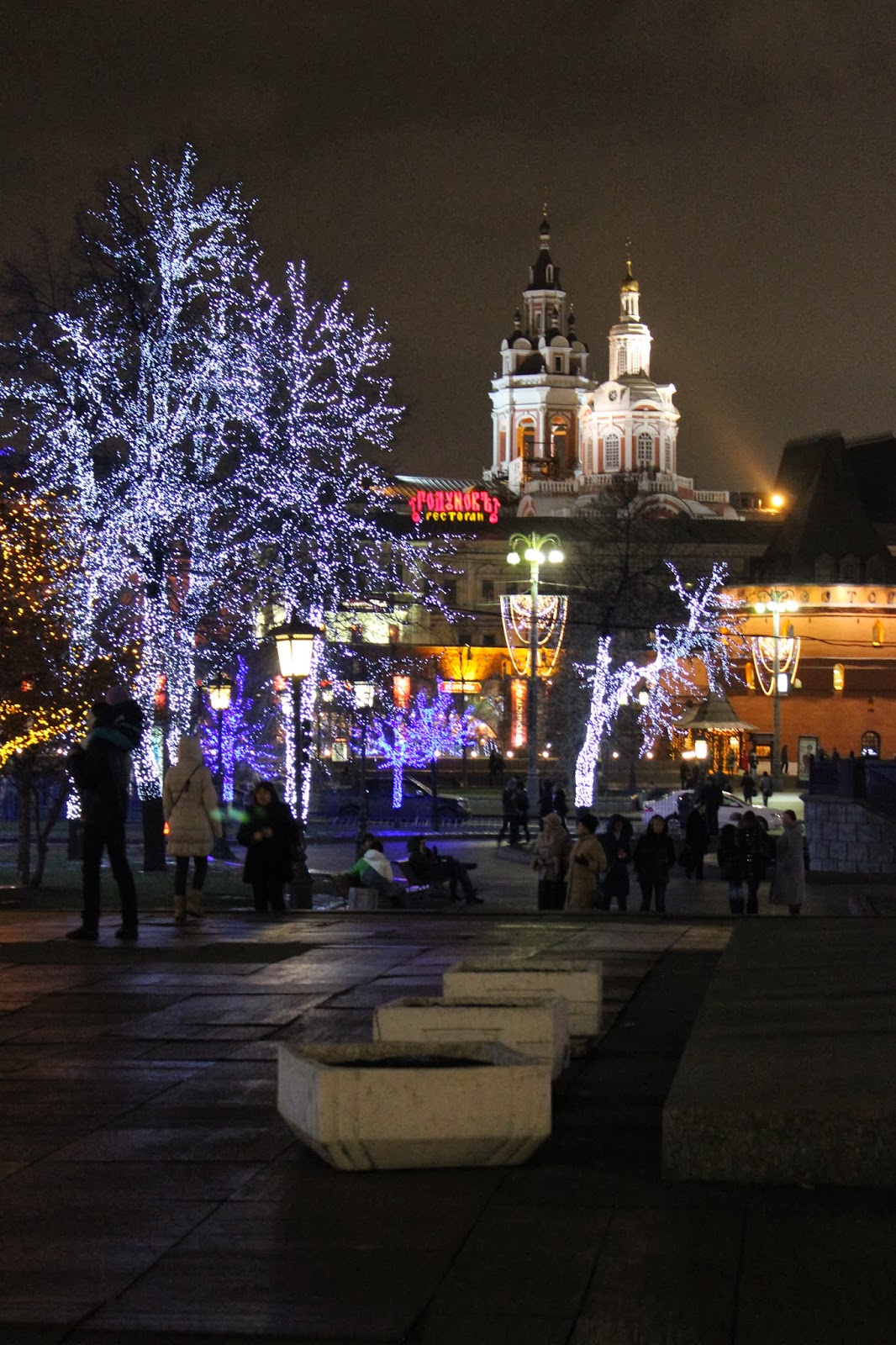I started this blog
with a story about the Shukhov Tower (http://lovemsc.blogspot.com/2013/12/shukhov-tower-we-start-off-exploring.html).
If you haven’t read/visited it yet, it may be a high time to do so as the tower may be pulled down for a revamp, the Russian Ministry of Communications and Mass Media said Tuesday.
If you haven’t read/visited it yet, it may be a high time to do so as the tower may be pulled down for a revamp, the Russian Ministry of Communications and Mass Media said Tuesday.
A cultural property
site protected by the state, The Shukhov Tower has long been in urgent need of
repair due to corrosion in all its units and elements as well as issues with
its foundation. Back in 2010, a RUB 135 M budget was allocated for renovation
of the tower, but officials of the Ministry of Communications and the Ministry
of Culture never approved the revamp project leaving the tower to corrode.
Now the Shukhov Tower
is so damaged that it can simply “fall on people’s heads”, Aleksey Volin, Deputy
Head at the Ministry of Communication said. “We will disassemble it, lubricate
all the little parts and put them into a warehouse. It will be possible to
reassemble it where authorities decide. In any case demounting is a necessary
stage of any renovation”, he continued.
The government
officials are already considering a disassembling project worth RUB 119 M,
Izvestia reports.
In my articles, I
really try to avoid mentioning any kind of discouraging details of the poor
state of things for many cultural sites here in Russia, although there are a
lot of sad stories to recall. As an art lover, I live with constant anxiety for
them, but it is not the kind of stories most tourists would like to hear. And
more importantly, there is still so much to adore and gasp at in amazement! But
you can see it yourself, it is highly possible that you adore some sites
one day and find them in shambles or in another place the other day.
So I’m concerned,
really concerned.































































